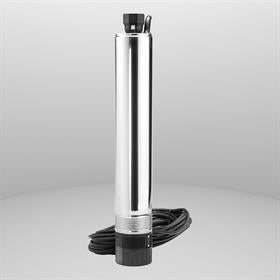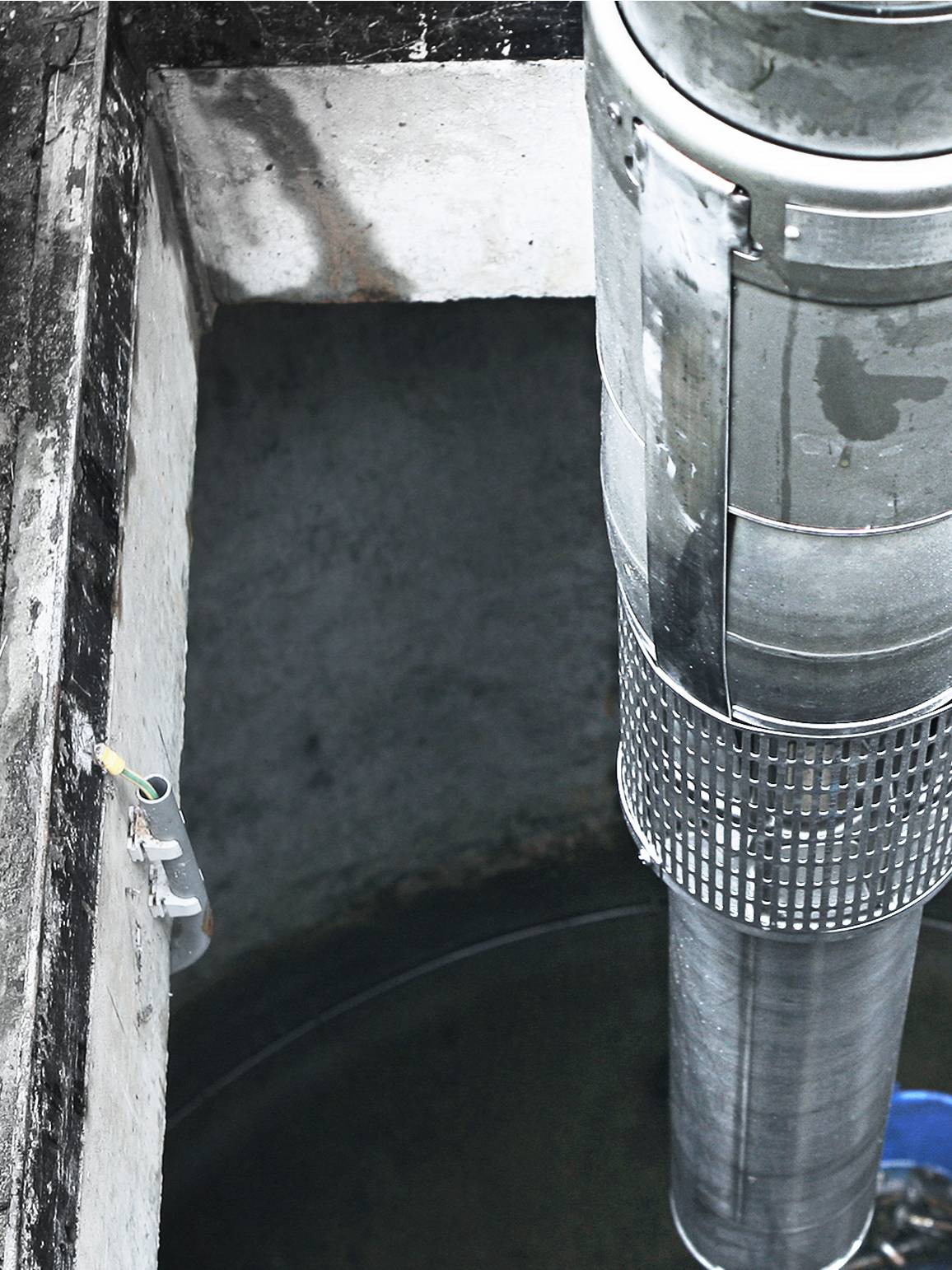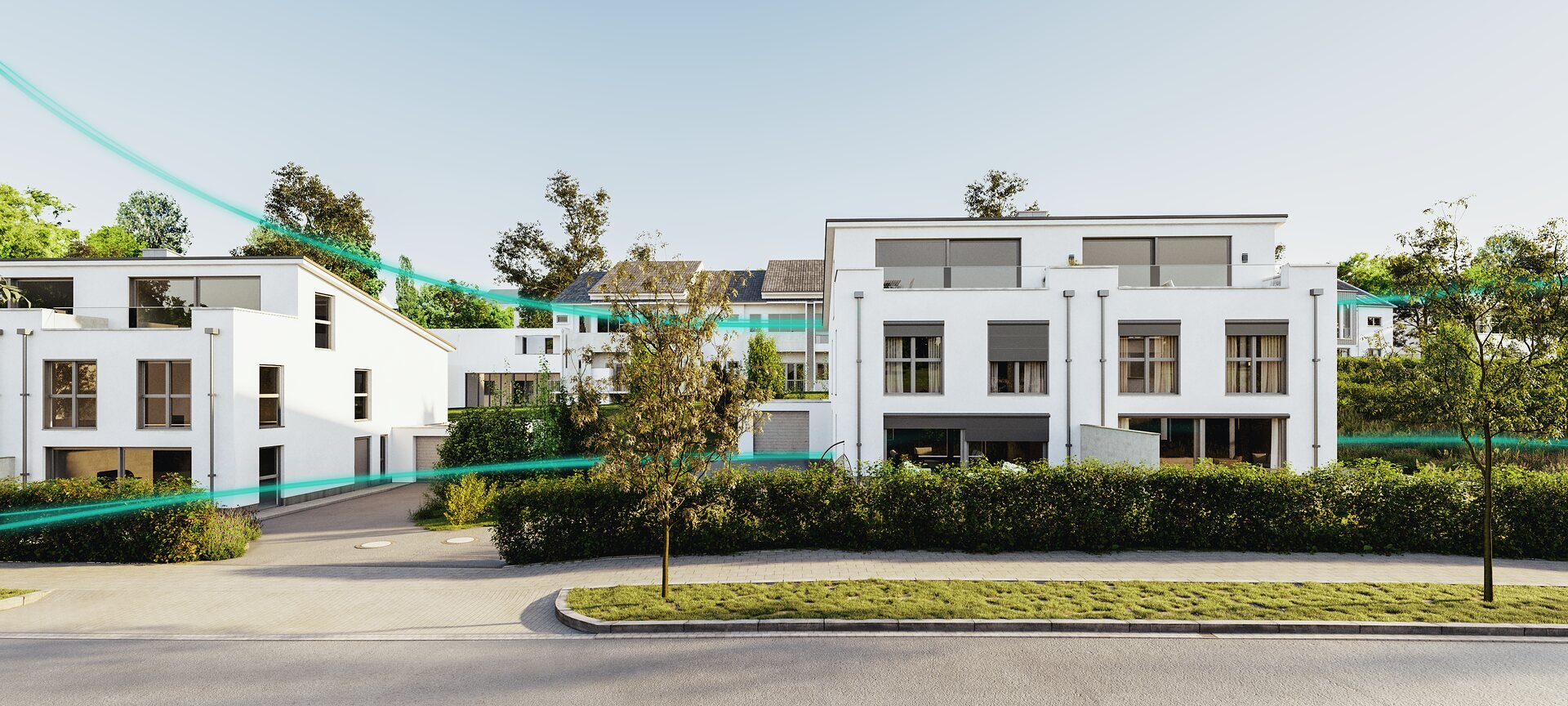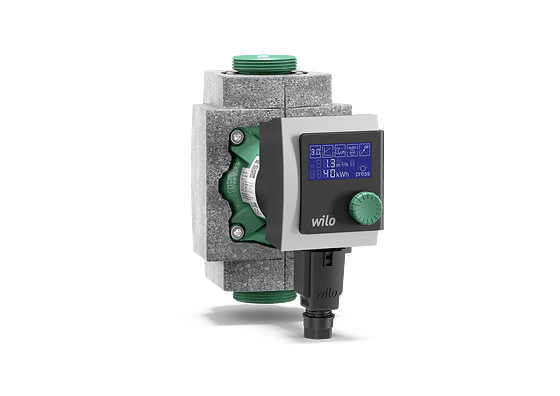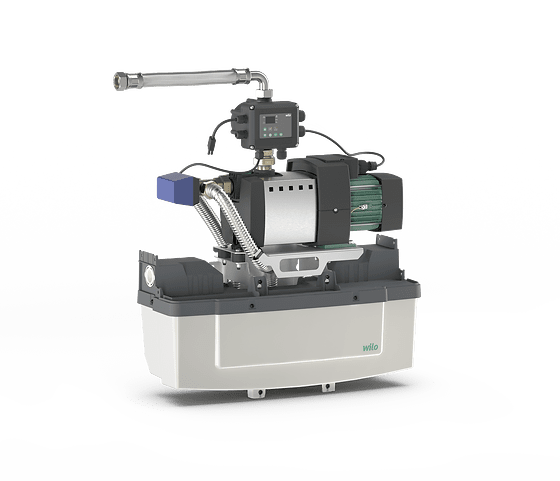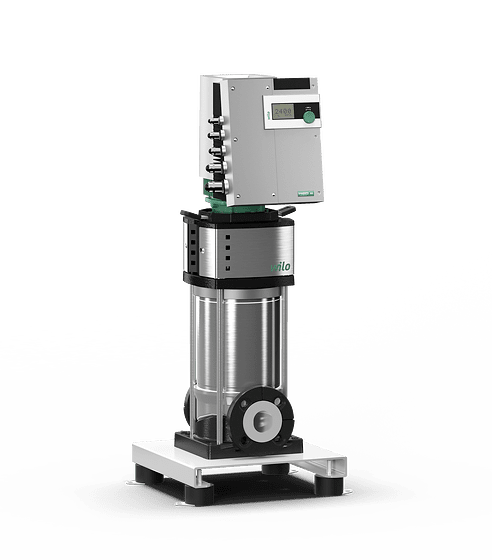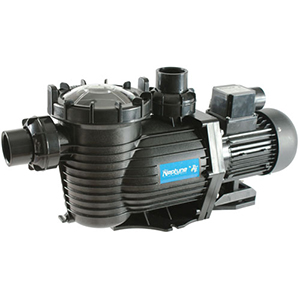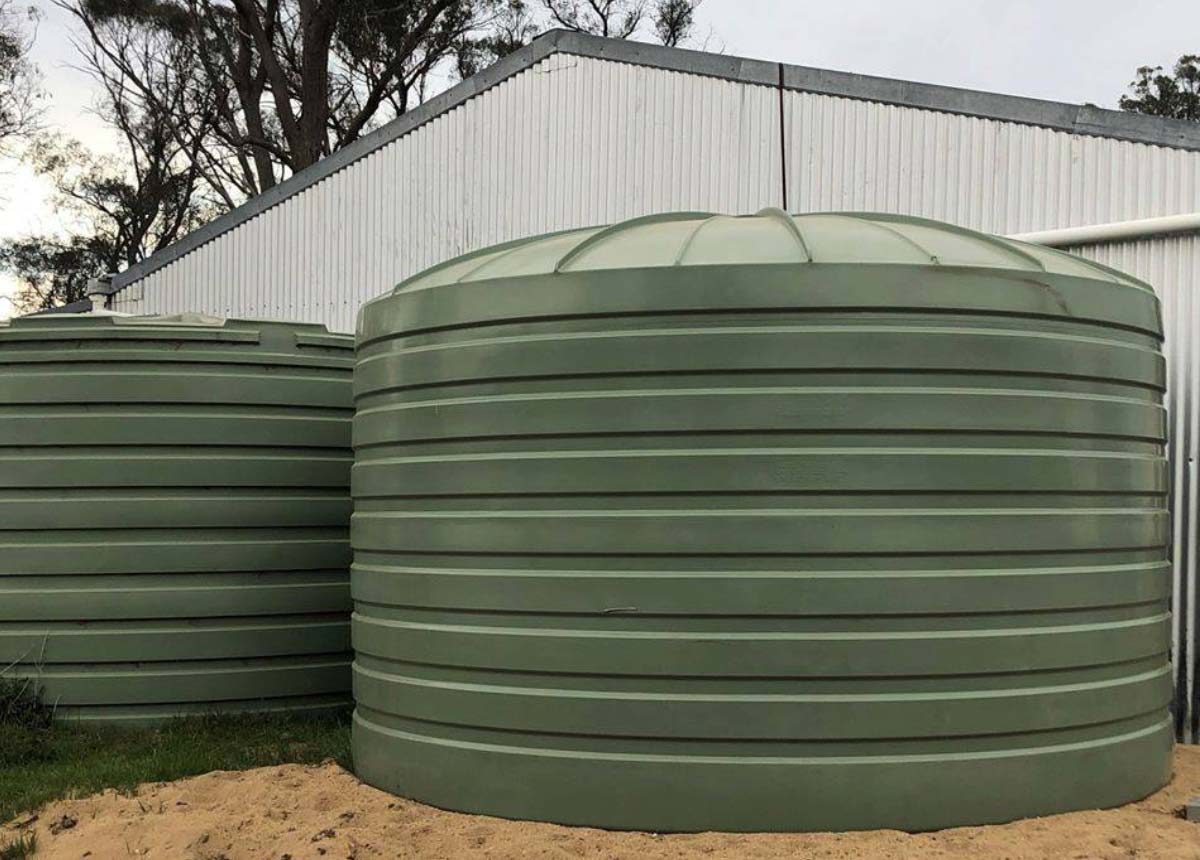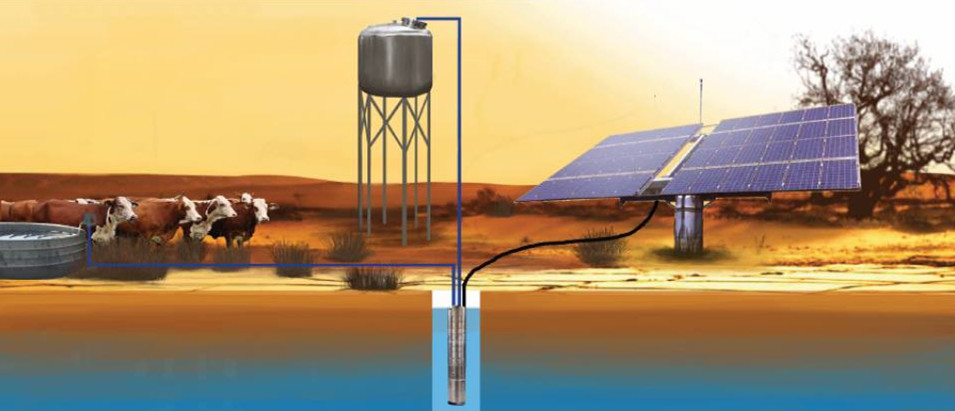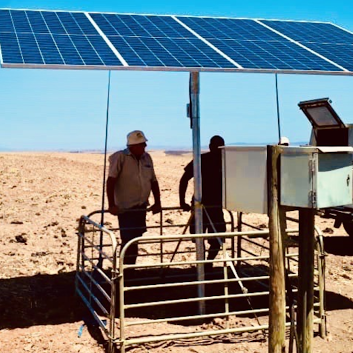Wondering… “which household pump is best for my home?”. Well you’re in luck!
Choosing the right household pump for your home can be a daunting task, especially with the wide variety of options available on the market. Whether you need a pump for boosting water pressure, irrigation, or transferring water from a well or tank, there are several key factors to consider to ensure you select the right pump for your specific needs. This comprehensive guide will walk you through the essential considerations to keep in mind when choosing a household pump.
1. Purpose of the Pump
The first and most important factor to consider is the purpose of the pump. Different pumps are designed for different applications, and understanding your specific needs will help narrow down your choices. Common household pump applications include:
- Boosting Water Pressure: For homes with low water pressure, a booster pump can increase the pressure to ensure a steady flow of water to showers, faucets, and appliances.
- Irrigation: If you have a garden or lawn that requires regular watering, an irrigation pump can help distribute water evenly across your landscape.
- Well Water: If your home relies on a well for its water supply, a well pump is essential for drawing water from the ground and delivering it to your home.
- Sump Pump: Used to remove water that has accumulated in a basement or crawl space, sump pumps help prevent flooding and water damage.
- Transfer Pump: For moving water from one location to another, such as from a rainwater tank to a garden or pool.
2. Pump Type
Once you have identified the purpose of the pump, the next step is to choose the appropriate pump type. Common types of household pumps include:
- Centrifugal Pumps: Ideal for boosting water pressure and irrigation, centrifugal pumps use a rotating impeller to move water.
- Submersible Pumps: Designed to be submerged in water, these pumps are commonly used for well water and sump applications.
- Jet Pumps: Suitable for shallow and deep well applications, jet pumps use a combination of suction and pressure to draw water.
- Booster Pumps: Specifically designed to increase water pressure in homes with low pressure.
- Diaphragm Pumps: Used for precise and controlled water transfer, often in smaller applications like aquariums and hydroponic systems.

3. Flow Rate and Pressure
The flow rate and pressure requirements of your household pump will depend on your specific needs and the size of your home. Flow rate is measured in litres per minute (L/min) or gallons per minute (GPM), while pressure is measured in bars or pounds per square inch (PSI). Consider the following:
- Flow Rate: Determine the total flow rate required for your household by considering the number of fixtures and appliances that will be using water simultaneously. For example, a family home with multiple bathrooms, a washing machine, and a dishwasher will require a higher flow rate than a small apartment.
- Pressure: The pressure needed will depend on the distance the water needs to travel and the height it needs to reach. Higher pressure is required for multi-storey homes or homes with long distances between the water source and the point of use.
4. Power Source
Household pumps can be powered by electricity, solar energy, or fuel (such as diesel or petrol). The choice of power source will depend on factors such as availability, cost, and environmental considerations:
- Electric Pumps: Most common and convenient, electric pumps are suitable for homes with reliable access to electricity.
- Solar Pumps: Ideal for off-grid homes or those looking to reduce their carbon footprint, solar pumps use energy from the sun to operate.
- Fuel-Powered Pumps: Useful in remote areas where electricity is not available, fuel-powered pumps offer flexibility and portability.

5. Energy Efficiency
Energy efficiency is an important consideration, as it impacts both the operating cost and environmental footprint of your household pump. Look for pumps with high efficiency ratings and features such as variable speed motors, which adjust the pump’s output based on demand, reducing energy consumption.
6. Build Quality and Durability
The build quality and durability of a household pump are crucial for ensuring long-term reliability and performance. Consider the following factors:
- Materials: Pumps made from corrosion-resistant materials such as stainless steel or high-quality plastic are more durable and suitable for harsh conditions.
- Warranty: Check the warranty offered by the manufacturer, as a longer warranty period typically indicates confidence in the product’s quality.
- Maintenance: Consider the ease of maintenance and availability of spare parts for the pump. Pumps that are easy to maintain and have readily available parts will have a longer lifespan and lower maintenance costs.
7. Noise Level
Some pumps can be noisy, which may be a concern for households where the pump will be installed close to living areas. Look for pumps with noise-reduction features or consider installing the pump in a soundproofed enclosure to minimise disruption.

8. Brand Reputation and Support
Choosing a pump from a reputable brand with good customer support can provide peace of mind and ensure that you receive reliable service and assistance if needed. Research customer reviews and ratings to gauge the performance and reliability of the pump brand.
So how do I Choose?
Selecting the right household pump involves considering various factors such as the purpose, pump type, flow rate, pressure, power source, energy efficiency, build quality, noise level, and brand reputation. By carefully evaluating these factors, you can choose a pump that meets your specific needs and provides reliable performance for years to come. Whether you need a pump for boosting water pressure, irrigation, well water, sump applications, or water transfer, making an informed decision will ensure that your household pump serves you well and enhances your home’s water management system.
Stay updated by following our Facebook page and Instagram account @allaboutpumpsandpipes. If you have any questions or inquiries don’t hesitate to reach out to us at (07) 5531 5554.




